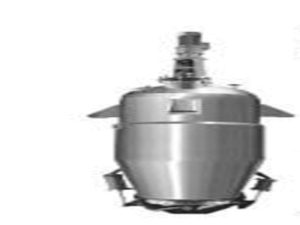
The bone extracting tank is used to extract essence and umami substances from pig bones, cow bones, sheep bones, chicken bones, fish bones, or meat, such as amino acids, bone peptides, bone oil, etc. It essentially extracts umami essence from fresh bones, originating in Japan in the 1970s and later introduced to other regions. Bone extract meets the modern demand for natural, delicious, authentic, and nutritious ingredients.